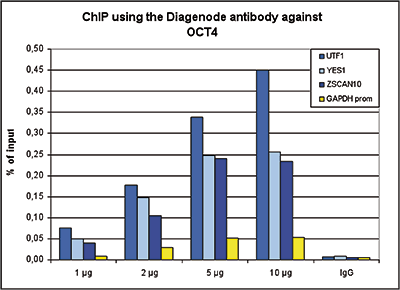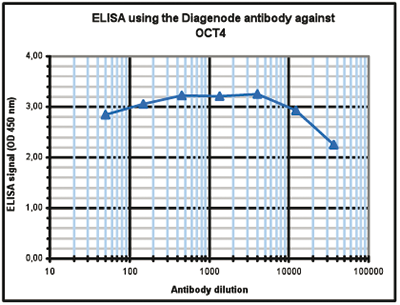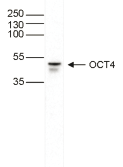OCT4 (UniProtKB/Swiss-Prot entry Q01860) is a transcription factor that plays a key role in embryonic development and stem cell pluripotency. During embryonic development OCT4 forms a trimeric complex with SOX2 and controls the expression of a number of genes important for embryogenesis such as YES1, FGF4, UTF1 and ZFP206. Aberrant expression of OCT4 in adult tissues is associated with tumorigenesis. A translocation with the Ewing’s sarcoma gene on chromosome 21 also leads to tumor formation.
-
产品
剪切技术
Tagmentation
Chromatin studies
DNA methylation
- Bisulfite conversion
- Methylated DNA Immunoprecipitation
- Methylbinding domain protein
- Hydroxymethylated DNA Immunoprecipitation
Genome editing (CRISPR/Cas9)
Antibodies
- All antibodies
- Sample size antibodies
- ChIP-seq grade antibodies
- ChIP-grade antibodies
- Western Blot Antibodies
- DNA modifications
- RNA modifications
- CRISPR/Cas9 antibodies
- CUT&Tag Antibodies
NGS Library preparation
- Library preparation for ChIP-seq
- Library preparation for RNA sequencing
- Library preparation for DNA sequencing
Automation
Reagents
- 服务
- 研究领域
- 资源
- 公司
-
联系人






